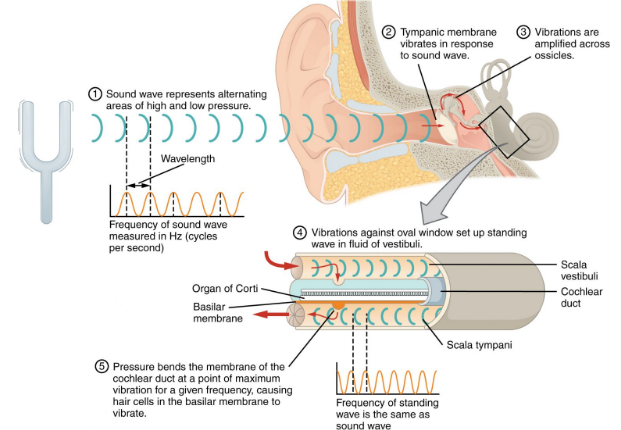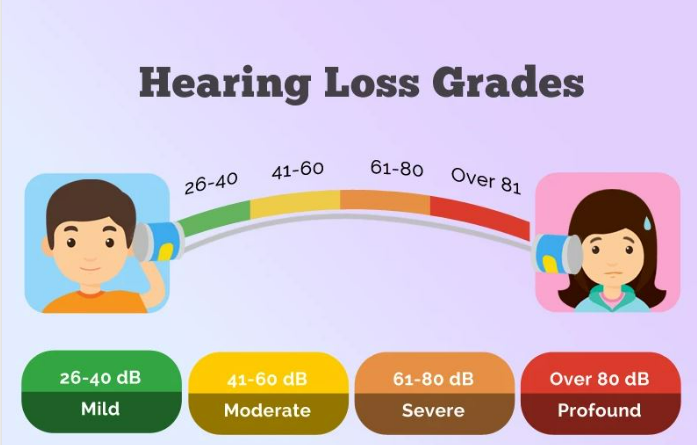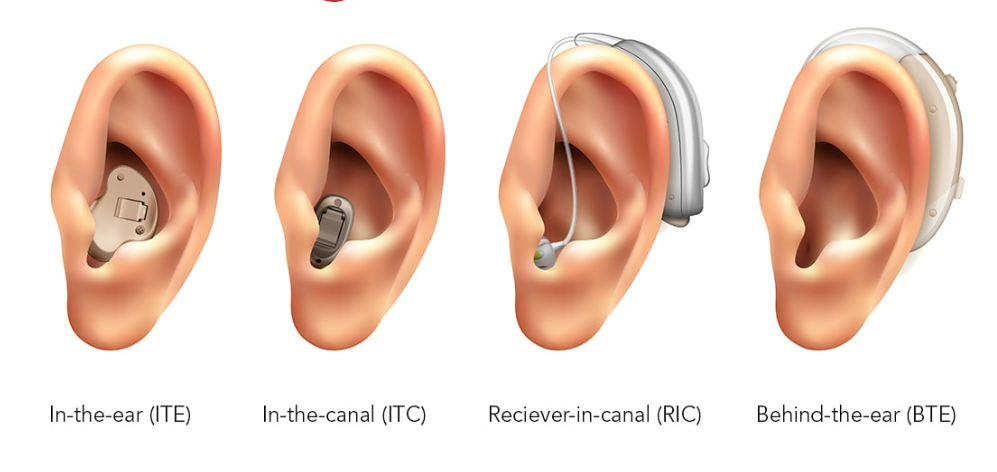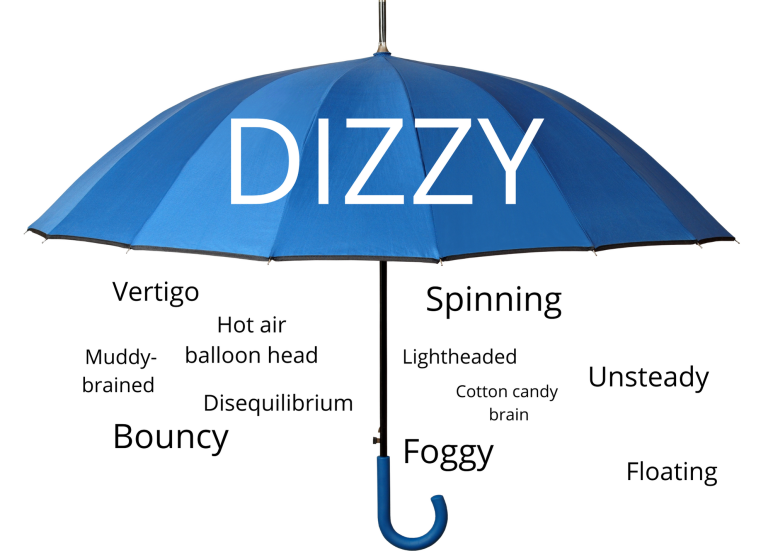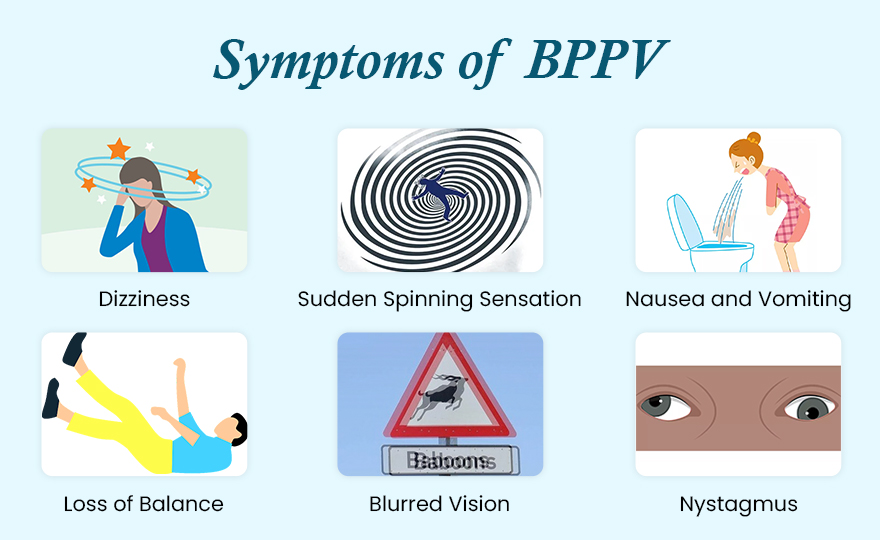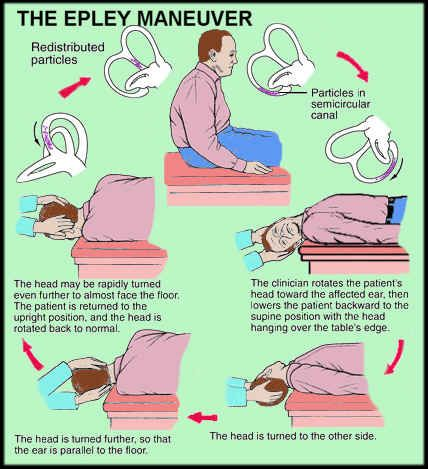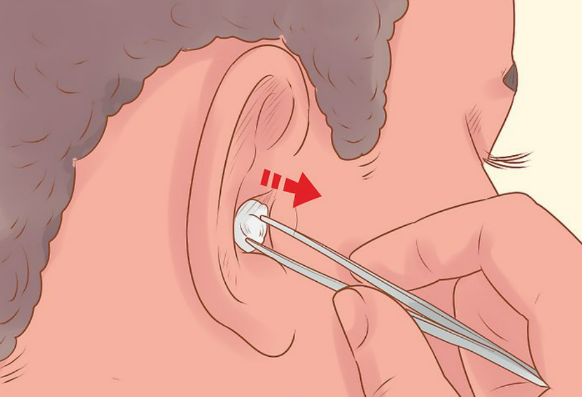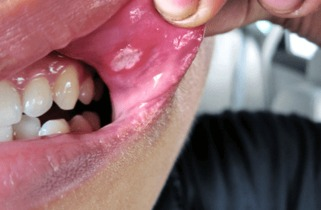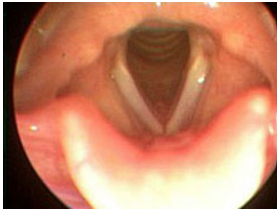
Ear discharge
What is ear discharge?
Ear discharge simply means water or pus coming from your ear. It could be clear watery type, mucous type, thick yellowish purulent type, sometimes even blood stained
There are many causes of ear discharge, the most common being infection
1. Wax
2. Infection of the external ear ( otitis externa)
3. Infection of the middle ear ( otitis media)
4. Fungal infection ( otomycosis)
5. Trauma
6. Infection of the temporal bone ( Mastoiditis)
7. Fracture of the temporal bone ( CSF leak )
8. Cancer of the temporal bone
Wax
Can I put earbuds in to clean the wax?
The answer is “no.” The wax inside the ear cleans itself naturally. Putting an earbud or any other sharp instrument in an ear to clean it may push the wax inside and also damage the skin of the ear canal.
This trauma may lead to infection in the outer ear, which manifests as ear discharge and pain.
This needs meticulous and regular cleaning of the ear and antibiotic ear drops by an ENT doctor.
Self-medication (over-the-counter ear drops) may lead to the spread of infection to deeper parts of the ear and many other complications.
Otitis Externa
Otitis Externa is the infection of the middle ear. This infection can be caused by repeated cleaning of the ear with contaminated earbuds, water entering the ear repeatedly, foreignbody in the ear canal that gets impacted and infected among others. It can manifest mainly as ear pain, ear discharge, blocked sensation in the ear. The ear needs to be examined by otoendoscopy, suction clearance of any debris or discharge or removal of foreign body has to be done. It also requires appropriate medications to reduce the pain and infection. Self medication may be inadequate, may lead to complications and hence should be avoided.
Otitis media
Otitis media is an infection of the middle ear. The microorganisms can enter the middle ear through a damaged ear drum or via the eustachian tube( A narrow tube that connects the nose and ear )
You may have mucopurulent ear discharge, which is continuous and foul-smelling you may also experience reduced hearing. Visit your ENT doctor at the earliest possible time for treatment.
Treatment of otitis media is tricky because the hidden source of infection may be your nose.
Evaluation of the nose with endoscopy is mandatory for the treatment of ear infections.
Treatment may also include surgery of the ear, nose or throat depending on the root cause.
Cholesteatoma
Ear discharge may not always be due to infection. Cholesteatoma refers to a slow-growing disease in the ear. It is a ‘bone-eating’ disease that can erode the bones that surround the ear causing spread of the disease into the brain, major blood vessels of the brain, facial nerve, balance organs of the body or it may also erode the ossicles which are small bones in the ear that help in hearing hence causing deafness.
You may have very foul smelling ( fishy odor), minimal discharge with significant hearing loss
Surgery is the main treatment modality for cholesteatoma and may require hearing reconstruction too
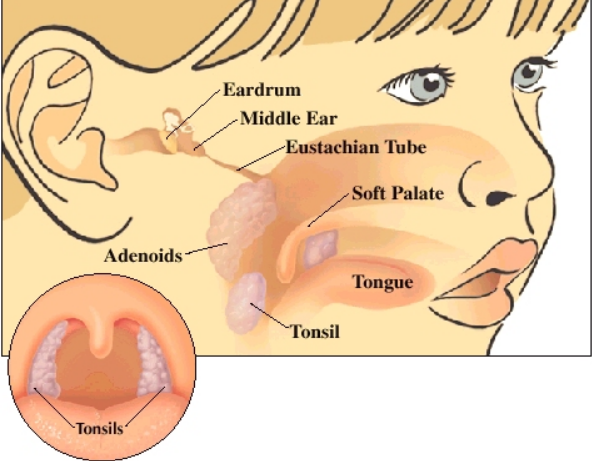
Ear discharge in children
Children are more prone to ear discharge, and the main source of infection is the nose!
Children have a smaller horizontal eustachian tube that can easily pass the infection from the nose and throat. They are also at higher risk of adenoid hypertrophy, which can block the Eustachian tube and cause middle ear effusion.
The management of ear discharge in children depends on the source of the infection. Your ENT doctor will advise an endoscopy of the nose and examine the ear and decide on the management
Avoid using earbuds on children to clear the wax. Always seek the help of your doctor. .
Other causes of ear discharge are dermatitis, foreign bodies in the ear, middle ear effusion with a ruptured drum, and psoriasis. Visit your ENT doctor for a thorough examination and treatment.
Malignant otitis externa/ Skull base osteomyelitis
As the name suggests, the infection is in the bone at the base of the skull. It is a more serious disease that needs sequential radiological assessment with long-term IV antibiotics.
Risk factors
1. Reduced Immunity
2. Long-standing and uncontrolled diabetes
3. Old age
4. Recurrent and untreated ear infection
The disease may present with night-time severe ear pain, reduced sleep due to ear pain, and ear discharge. Patients may also present with difficulty swallowing, jaw pain, and severe headaches, depending on the spread of the infection.
How can an ENT doctor help you?
Hearing and balance are two important senses that help us understand and respond to our surroundings.
Visit your ENT doctor if you have signs of possible problems such as yellow, brown, or bloody discharge from the ear that continues for more than a week, persistent pain, hearing problems, or balance-related problems.
An ENT doctor can also help with the assessment of your hearing status and provide advice regarding the methods of prevention and treatment of conductive hearing loss, by performing an endoscopic assessment and cleaning of the ear.
– Dr. Prashanth R Reddy
“E.N.T. health – ENTry for better senses”.




